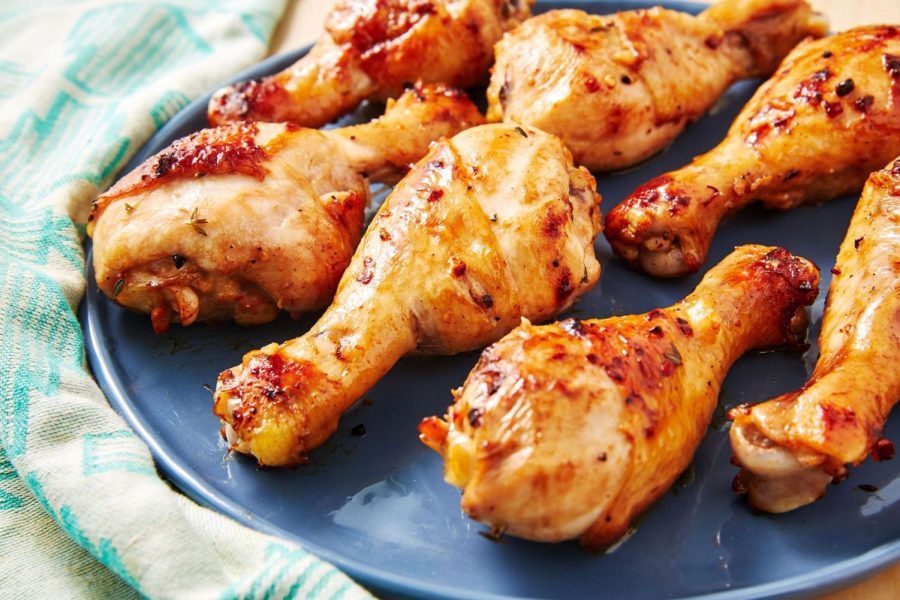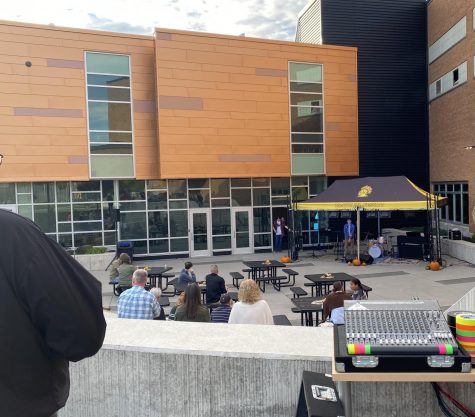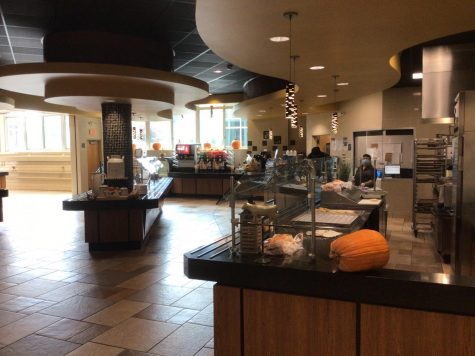The Looming Chicken Crisis
As the pandemic slows down due to mass vaccination, with restrictions being eased, you might find yourself going out with friends and family to eat more often, but you might notice your chicken wings have a higher price tag than usual.
As the United States endured the COVID-19 pandemic, restrictions prevented people from going out and eating at restaurants. Because there were less people eating at restaurants and relying on grocery stores instead, there was a decreased demand for chicken wings, and other chicken-based “going-out” meals.
Because of this decrease in demand, chicken suppliers focused their labor into providing chicken to grocery stores, where it was being bought out quickly due to the increased number of people working from home and eating at home amid the pandemic.
As the pandemic’s restrictions are lifted and restaurants are re-opening, chicken suppliers are finding it particularly difficult to meet the demands of the vendors. This is because the pandemic also took a toll on the chicken suppliers, who were forced to cut their work force to comply with COVID-19 safety regulations, and these companies are having difficulty keeping up with the high demand, from both grocery stores and restaurants.
When there is high demand and low supply, naturally, the price of the product goes up. As expected, the price of chicken across the country has soared, with vendors purchasing cases of wings from suppliers for over $70, which is more than double the amount that a case of chicken wings costs this time last year.
While the national chicken shortage is a formidable challenge for us in the near future, its scale is little-realized, with the public’s focus on COVID-19 and other global occurrences keeping us all busy. In fact, most people are not aware of the shortage in the slightest, or simply don’t notice. “The increase in price has not been significant enough for me to seriously consider,” says Connor Dougherty, ‘22. “I eat more store bought chicken, I eat it for dinner most nights,” he continued, explaining his lack of concern over the chicken shortage, which more significantly affects restaurants, not grocery stores.











